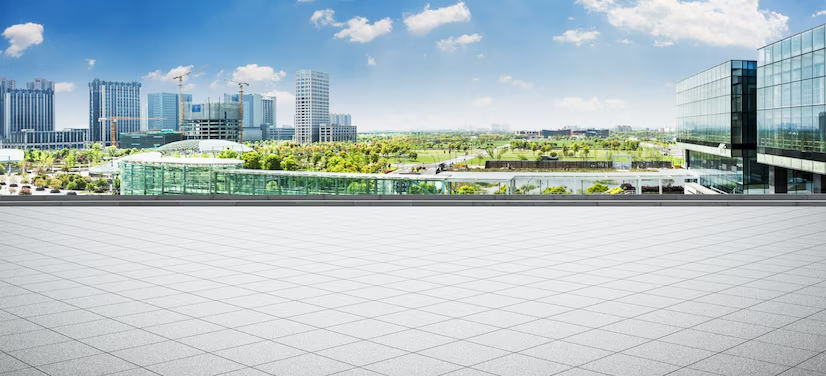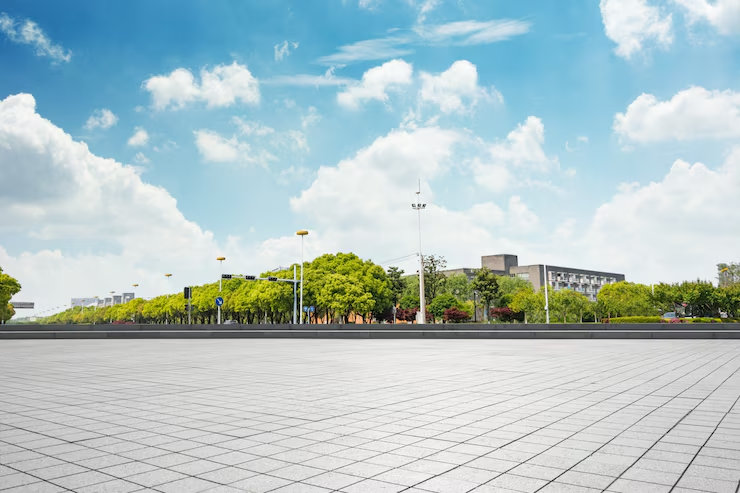Street are the veins of a city, connecting neighborhoods, people, and cultures. They are not just pathways for vehicles and pedestrians; they are spaces that influence our daily activities, experiences, and identities. Streets serve as the backdrop to the stories of cities, where we find the hustle and bustle of life, from the morning rush of commuters to the peaceful strolls during the evening.
2. The Evolution of Streets: From Cobblestones to Concrete Jungles
Streets have a long history, with their design and functionality evolving over centuries to accommodate growing populations and changing technologies. The transition from cobblestone roads in ancient cities to the wide, concrete highways of modern metropolises represents a shift in the way humans relate to their urban environments.
3. The Street as a Canvas: Art, Expression, and Graffiti Culture

One of the most fascinating aspects of streets is their role as a canvas for artistic expression. Street art, including graffiti, murals, and installations, has become a vibrant and influential part of modern urban culture. Streets serve as an open-air gallery where artists can communicate their messages, challenge norms, and engage the public in thought-provoking ways.
4. The Intersection of Technology and Streets: Smart Cities and the Future of Urban Mobility
With the rapid advancement of technology, streets are evolving beyond their traditional roles. The concept of “smart streets” is gaining traction, as cities around the world explore how technology can improve urban living.
5. Streets as Public Spaces: The Social Importance of Walkable Communities

In the past, streets were often designed primarily for cars, with little thought given to pedestrians or public spaces. However, as cities become more aware of the importance of walkability and community engagement, streets are being reimagined as public spaces that encourage social interaction and improve quality of life.
6. The Future of Streets: Sustainability and Green Urban Design
As the world grapples with climate change and environmental degradation, the future of streets must include sustainability at its core. Green streets, which incorporate elements like green roofs, permeable pavements, and sustainable landscaping, are becoming increasingly popular in cities that seek to reduce their carbon footprints and mitigate the effects of urban heat islands.
Conclusion: Streets as a Reflection of Society
Streets are not just physical spaces; they are reflections of the societies that create and inhabit them. From their design and functionality to the art and culture they host, streets tell the story of human progress, social interaction, and urban evolution. The street will remain a fundamental part of our lives, shaping our experiences and interactions with the world around us.

